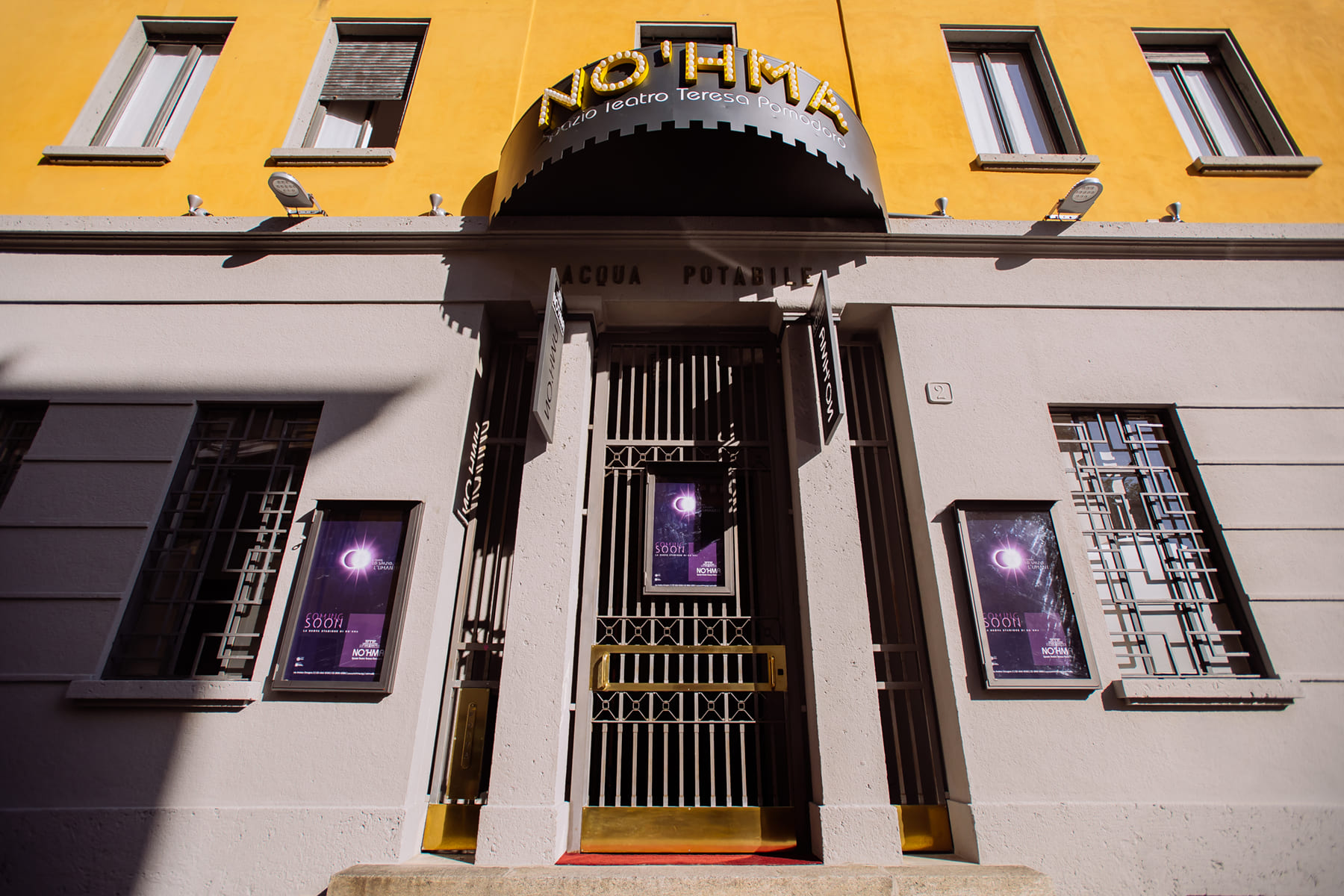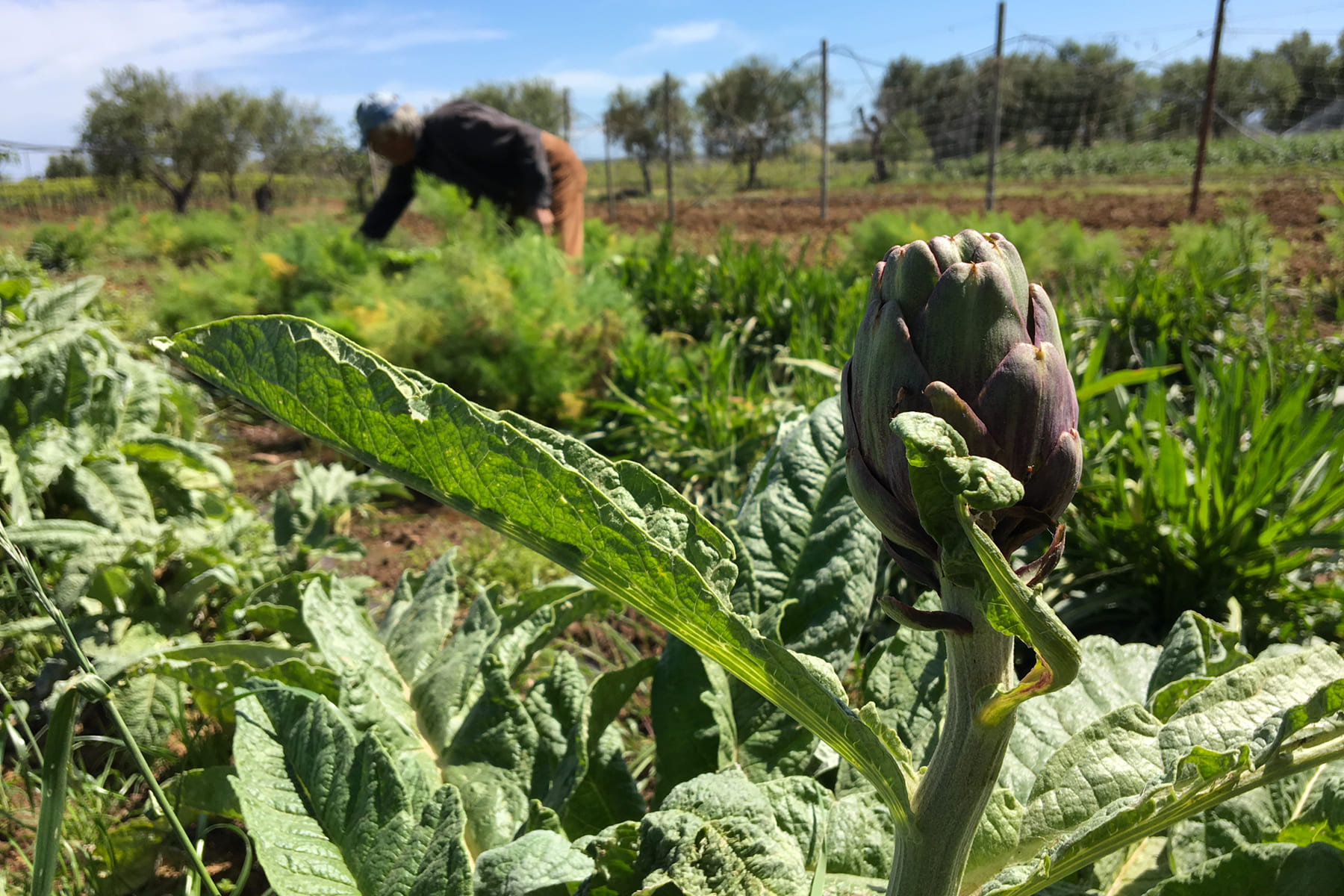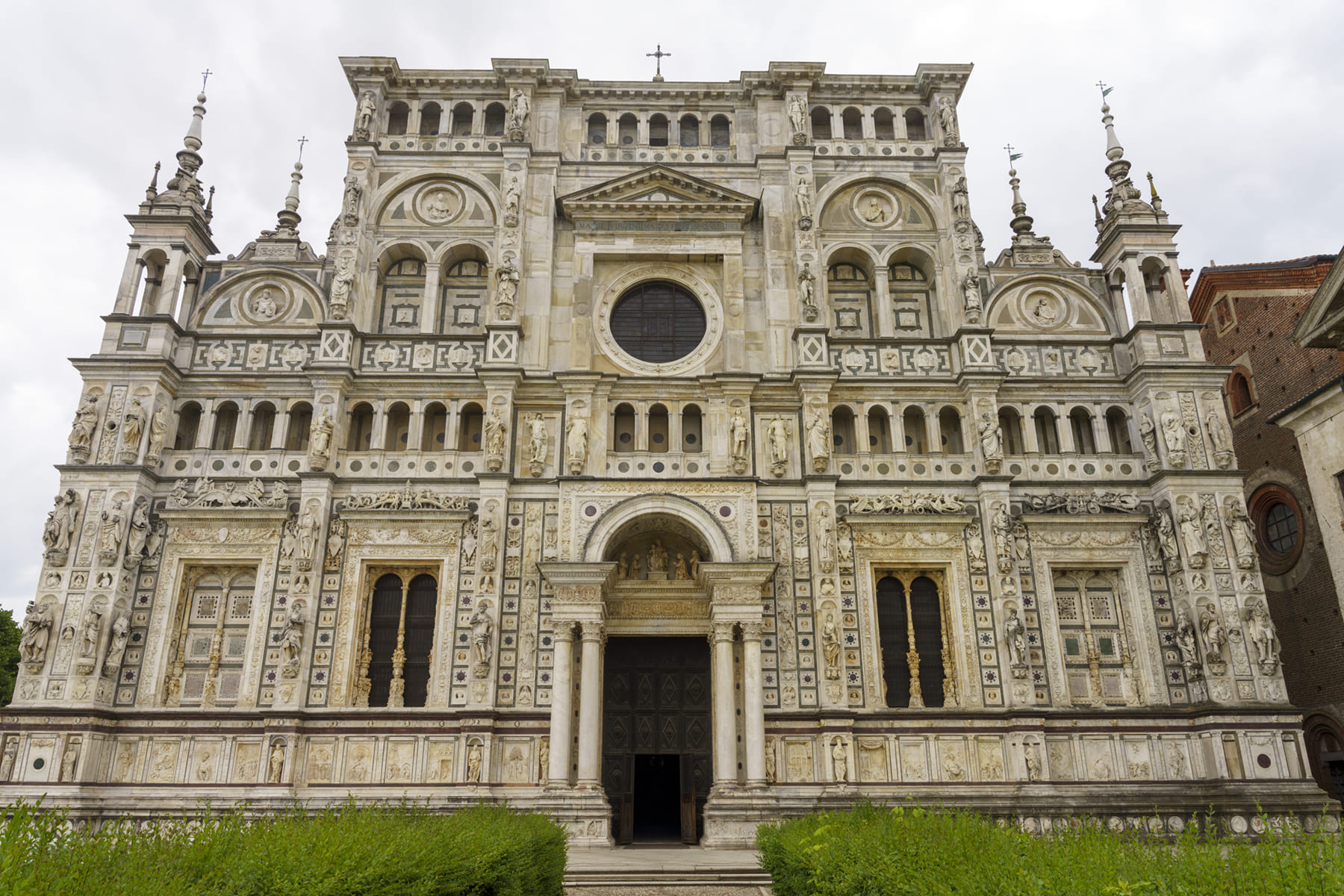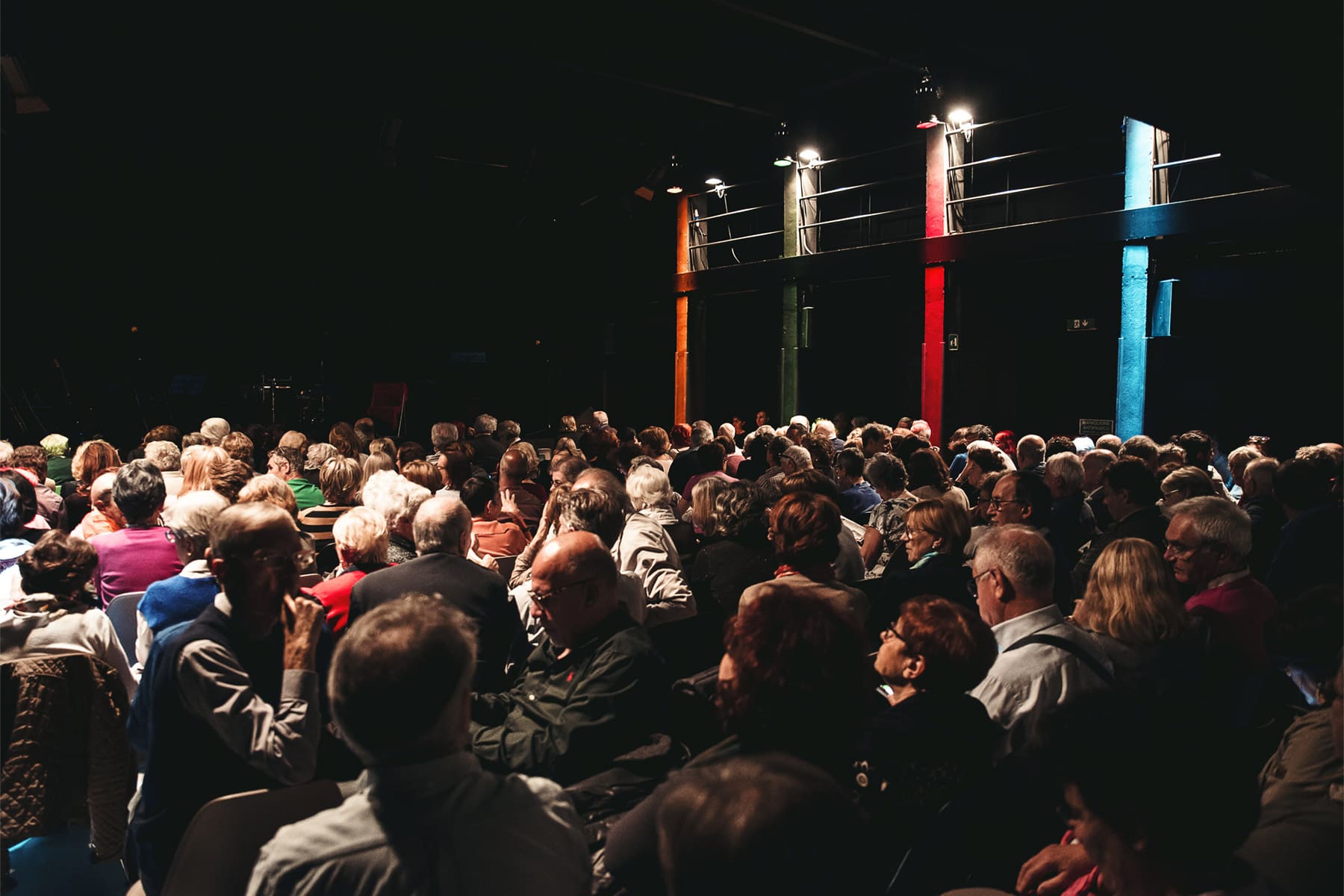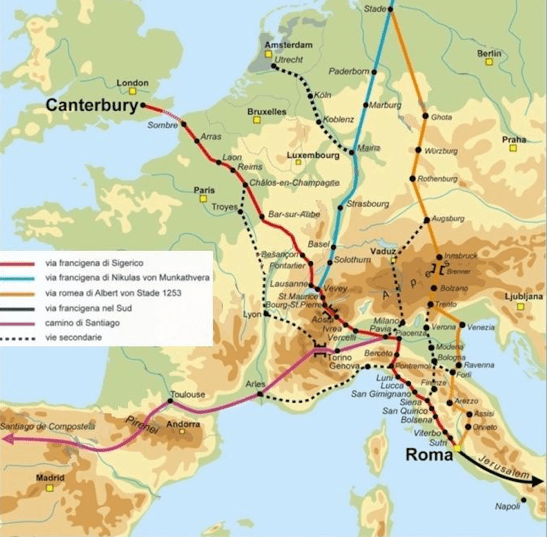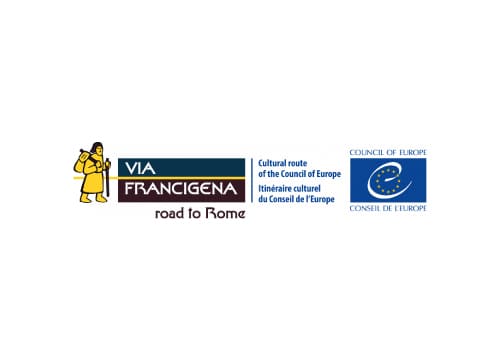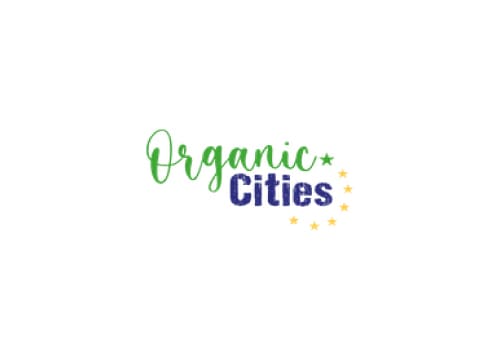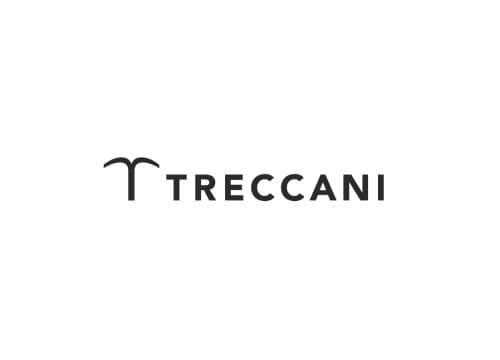The Travel
In Cammino takes place in a timeless scenario and through-out the most important european abbeys; this unique event, conceived and promoted by Livia Pomodoro, will pass (over three years, from 2023 to 2025) through these amazing places full of history, art and spirituality, means of civilisation which enlighted our continent -from Middle Age to our days- in its darkest times.
The Modern Pilgrimage will have its start on July 28 in Canterbury, the beginning of Via Francigena (set by bishop Sigerico at the end of X century), and it will end in Rome in 2025, during the Holy Year.
In Cammino evokes, in each year of its course, the main experiences and meanings of the Journey: The Departure (2023), The Transition (2024), and The Arrival (2025). Three stages, each of which a word will be associated and declined for (from Pilfrimage to Mercy; from Silence to Beauty); every keyword will be the main theme and the inspiration for the Abbeys related performances.
This intense, three-year journey will pass towards 14 european abbeys, crossing 7 countries (Great Britain, France, Germany, Netherlands, Belgium, Switzerland and Italy); for each stage there will be three days for Theatre and Music performances, recitals and readings by prominent artists concerning the main theme of ancient and modern journey, into rare and beautiful locations, mostly Unesco Heritage.
A “Yesterday” and a “Today” consisting also in local gastronomy products, in an ancient and modern farming and gathering sustainable to join and to discuss during meetings, dialogues and conferences with experts and authorities in Green Economy matters.
It is not just an Eurpean Journey through-out ancient and modern pilgrims -says Mrs. President Livia Pomodoro, the event’s creator- it is in fact a path of Heart and Mind which holds in itslef Reason and Faith, in order to discover the value of envirroment, letting us hope for a better future for Europe and non the less for the planet. In every Abbey we will bring a small (but still great) symbolic sign for Peace, Culture, Dialogue, Solidarity and Brotherhood, because we are sure that from these places, as happened in a Past which is not that far, a new Reanissence for Humanity could grow.
In Cammino is supported and joined by Associazione Europea Vie Francigene (AEVF) patronaged by European Council, and by Organic Cities web, improving and promoting the diffusion of Green Policy in order to reach a circular econonomy.
Why the via Francigena
Why
the Abbeys
Jubilee
2025
Perché la via Francigena
La Via Francigena per secoli è stato il principale asse di collegamento dal nord al sud Europa, lungo il quale transitavano pellegrini diretti a Roma o a Gerusalemme, viaggiatori e mercanti con diversi manufatti, tra cui produzioni artistiche e intellettuali. E’ stato quindi il circuito elettivo per la trasmissione del sapere, dell’arte e della cultura nell’intero continente, partendo dalla diramazione principale che dall’Inghilterra e dal Canale della Manica raggiungeva il Mediterraneo.
Una via altamente simbolica che unisce l’Europa dei popoli e delle culture e di cui le Abbazie sono ancora oggi il segno vivo, un punto focale dell’umanità capace di comunicare speranza, dato che affondano le proprie radici nel passato e si proiettano nel futuro.
Perciò l’Associazione No’hma in cammino intende compiere il proprio “pellegrinaggio” di disseminazione artistica in questi luoghi espressione di spirito, pace, fratellanza e cultura: un cammino di conoscenza reciproca e di recupero di un’identità comune a tutta l’Europa.
Perché le Abbazie
Le Abbazie hanno da sempre rappresentato un faro di civiltà nelle notti più buie della storia europea. Dei luoghi che abbinavano la conservazione e la propagazione della conoscenza, attraverso l’attività delle Scholae e degli Scriptoria con la riproduzione amanuense dei codici miniati, al ricovero dei viandanti e al loro ristoro sia fisico che spirituale. Non soltanto delle comunità aperte di attrazione e diffusione umanistica, ma anche dei veri e propri centri di un’economia basata sull’innovazione agricola e il commercio, che da esse scaturiva irradiandosi su tutto il territorio badiale.
È ciò che emerge osservando il sistema delle marcite inventato nel XIII secolo dai cistercensi dell’abbazia di Chiaravalle nel milanese; o l’antica produzione di birra a Montecassino e nel monastero benedettino di Weihenstephan.
Un’economia artigianale, circolare e sostenibile che in molti casi prosegue ancora oggi sotto forma di impresa etica rispettosa dello sviluppo sociale, della cultura e della tutela ambientale, considerati dei beni e degli elementi preziosi fin dai tempi più remoti.
